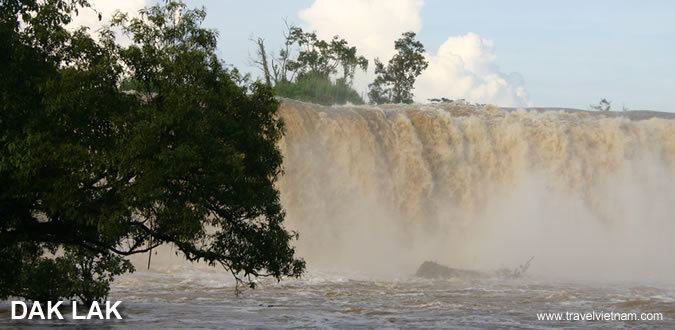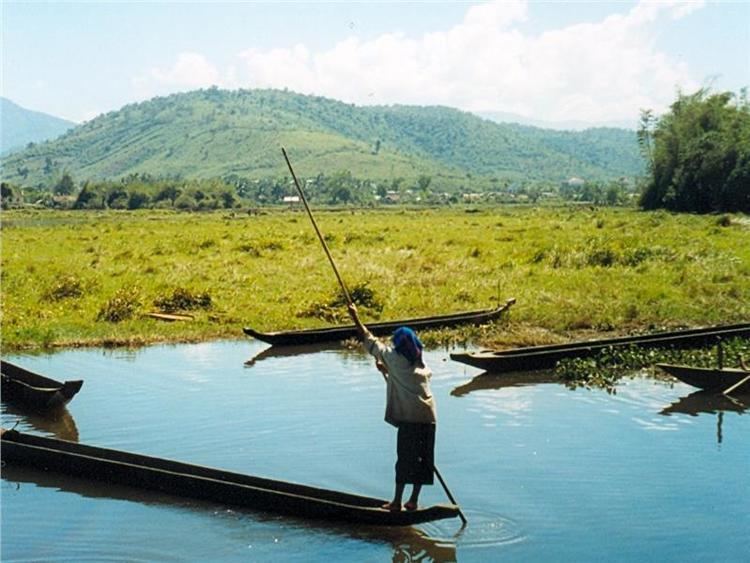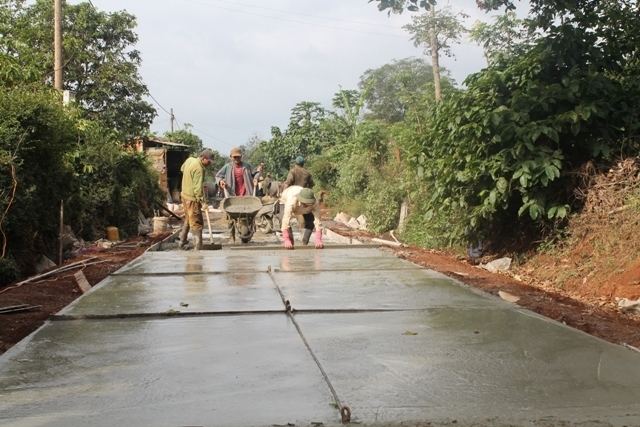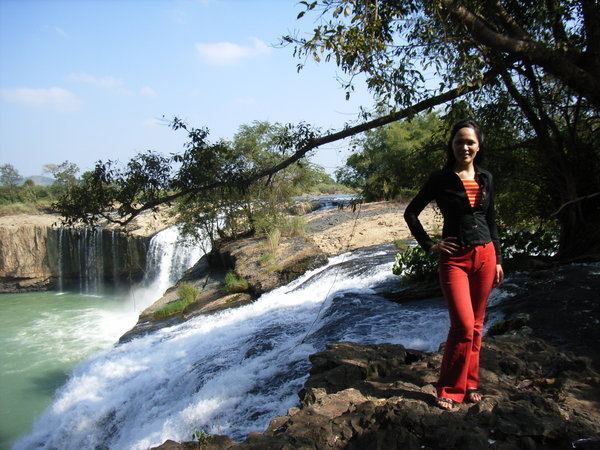Country Vietnam Area 13,062 km2 | Region Central Highlands Capital Buon Ma Thuot Population 1.797 million (Jul 1, 2012) | |
Dak Lak is a province of Vietnam. The name is also spelled Dac Lac, which is more in keeping with Vietnamese spelling, but the official spelling is Dak Lak. It is located in Vietnams Central Highlands, and is home to a high number of indigenous people who are not ethnically Vietnamese (Viet).
Contents
Map of Dak Lak Province
History

The area now known as Dak Lak was originally controlled by the Kingdom of Champa. When Champa was conquered and annexed by Vietnam in the 15th century, Dak Lak was brought under loose Vietnamese rule. Later, in 1540, a noble named Bui Ta Han was appointed by the Vietnamese authorities to direct the settlement of the area by ethnic Vietnamese, bringing the highlands under more effective Vietnamese control. Military outposts were established in the area to guard against possible aggression from the west. Later, when Vietnam was occupied by the French, the French established a large number of plantations in the area. Resistance to French rule was strong in Dak Lak, with various minority tribes leading a number of significant rebellions. The most notable was a 23-year campaign led by N’Trang Long, a M’Nong tribal leader. Later, Dak Lak was part of South Vietnam, and saw considerable action in the Vietnam War.

Until recently, Dak Nong was a part of Dak Lak, but is now a separate province.
A chronology of key events
Part of MDrak district was added to Khanh Hoa Province
Geography

Dak Lak is based around the Dak Lak Plateau, around six hundred metres above sea level.

About 60 km south of Buon Ma Thuot is Lak Lake. Overlooking the lake is the old summer residence of Emperor Bao Dai which has been renovated into a hotel. Surrounding the lake is Jun Village, home of the Jun people. The villagers have a peculiar form of fishing where they attach metal rods to a car battery and run the rods through the water zapping and stunning the fish and then collecting them to keep in a tank at the village until they are needed.
Economy
Coffee, fruit, and rubber play an important part in its economy. Recently, there have been efforts to harness the provinces considerable potential for hydroelectric generation. The Jun people take advantage of the small tourist trade that passes through, giving elephant rides through the village and across the lake.
